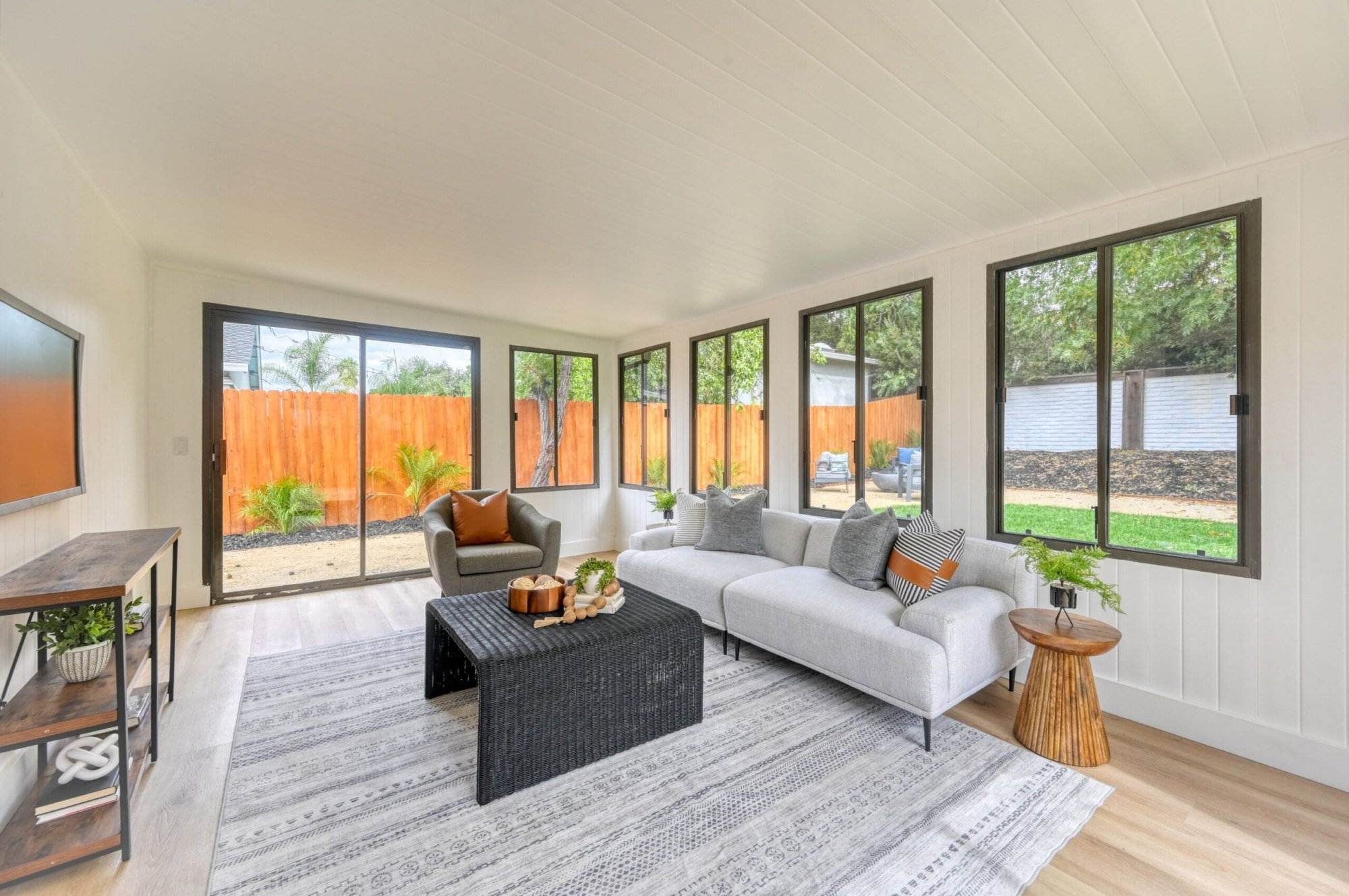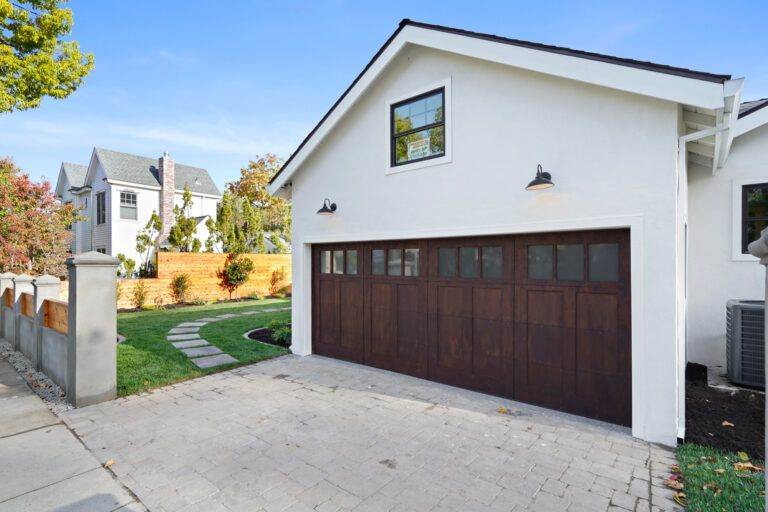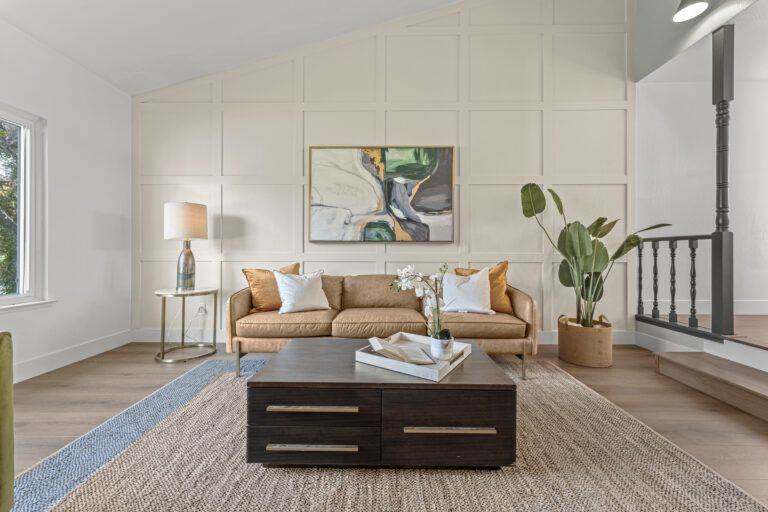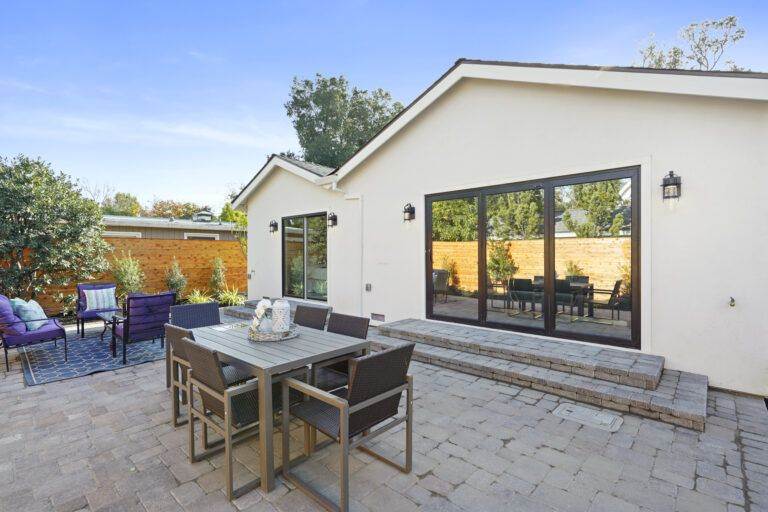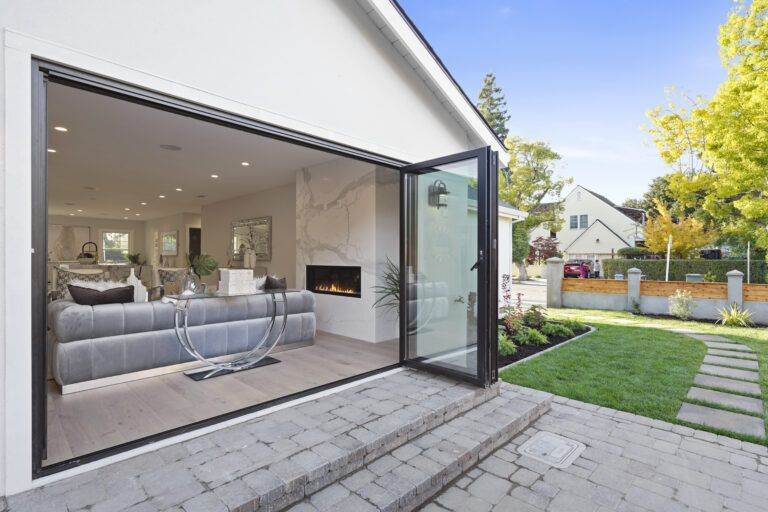How ADU Home Additions Can Enhance Your San Francisco Living Experience
Introduction to ADUs in San Francisco
Imagine enhancing your home’s value and functionality without moving. Enter Accessory Dwelling Units (ADUs)—secondary housing solutions perfect for San Francisco’s evolving housing landscape. These compact units, ranging from basement conversions to standalone constructions, are tailored to meet diverse housing needs. As San Francisco faces a housing price downturn, ADUs offer a strategic opportunity for homeowners to adapt, maximizing property value and fostering economic resilience in the city’s expensive market.
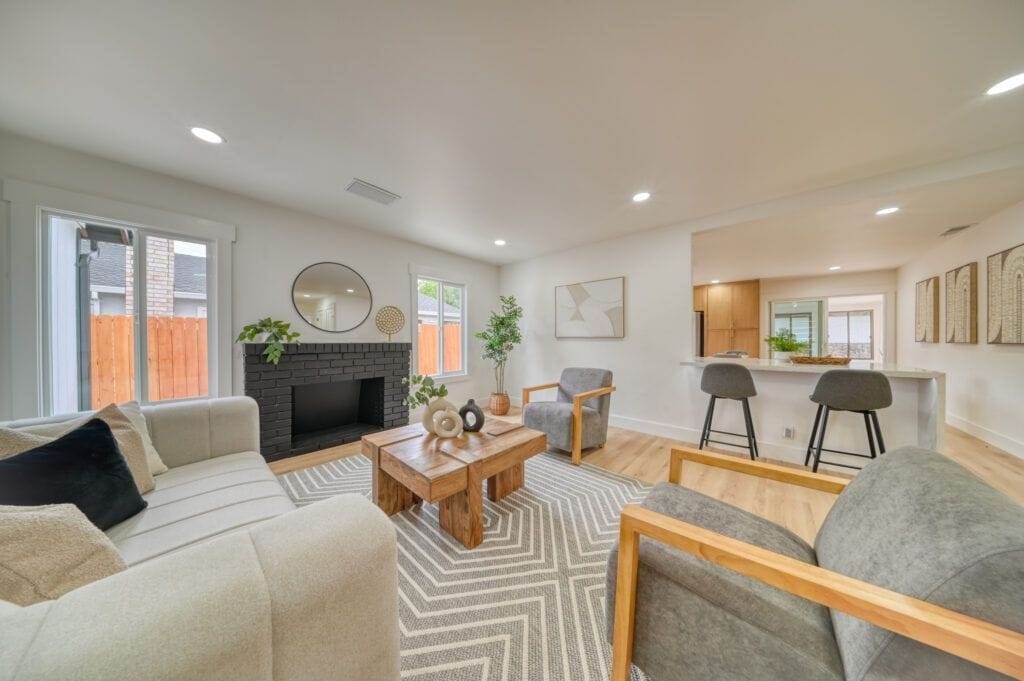
Why Consider an ADU?
Increased Housing Demand in San Francisco
With San Francisco’s housing market experiencing a unique situation of high demand despite stagnant home prices, ADUs provide an attractive solution. The city’s rental market remains robust, with average rents nearing their previous peaks, highlighting a strong demand for housing. In this context, ADUs allow homeowners to maximize their property’s potential, meeting both personal and market needs.
Flexibility and Adaptability of ADUs
ADUs are celebrated for their versatility and adaptability. They can be customized to serve various purposes, from accommodating family members to acting as rental units. This flexibility is especially beneficial in a city like San Francisco, where space and housing options are limited. As the housing landscape evolves, ADUs offer a way to adapt and thrive.
“The adaptability of ADUs makes them a valuable addition to properties, catering to a wide range of living situations and personal preferences.”
Considering an ADU is not just about enhancing your living space—it’s about making a smart investment in a city with ever-changing housing needs.
Boost Home Value
Accessory Dwelling Units (ADUs) are a smart investment for homeowners looking to increase their property’s worth. These structures can boost appraised property values by as much as 30%, thanks to the additional living space and enhanced functionality they offer. Moreover, ADUs have been known to improve resale value by 50% or more, making homes significantly more attractive to prospective buyers.
The type of ADU plays a crucial role in the value added. For instance, detached ADUs often provide the greatest increase due to their added square footage and privacy benefits. While specific examples of increased valuations can be hard to pinpoint, the general trend is clear: investing in an ADU can lead to substantial financial gains. Whether choosing a ground-up construction or a conversion, the potential return on investment is substantial, making ADUs a compelling choice for enhancing your San Francisco living experience.
Expand Living Space
Adding an Accessory Dwelling Unit (ADU) to your property in San Francisco is an excellent way to expand your living space. These units can transform underutilized areas into functional, vibrant parts of your home, providing increased flexibility in how you use your property. Whether you’re dealing with a growing family or simply want more room to breathe, ADUs offer a creative solution.
“ADUs offer unparalleled flexibility, turning dreams of extra space into reality.”
The potential uses for expanded space are virtually limitless:
- Home Office: Create a dedicated workspace away from household distractions.
- Guest Suite: Offer visitors a comfortable and private place to stay.
- Hobby or Art Studio: Design a space tailored to your creative pursuits.
- Fitness Room: Set up an in-home gym to maintain your wellness routine.
By adding an ADU, homeowners not only increase their property’s functionality but also enhance its overall appeal. This makes ADUs a versatile addition to any San Francisco home, aligning perfectly with diverse lifestyle needs.
Foster Multigenerational Living
In today’s housing landscape, multigenerational living is becoming increasingly common, with nearly 20% of Americans residing in such households. ADUs offer an ideal solution for families looking to accommodate multiple generations under one roof while maintaining privacy and independence for each member.
By constructing an Accessory Dwelling Unit, families can create a separate yet connected space for aging parents or grown children. This setup allows for close family ties and support while ensuring that everyone has their own private area. The additional space provided by an ADU can facilitate a harmonious living arrangement that respects the needs and autonomy of each generation, making it an attractive option for families in San Francisco.
ADUs are not just about expanding living spaces; they are about enhancing the quality of family life by fostering environments where everyone can thrive together.
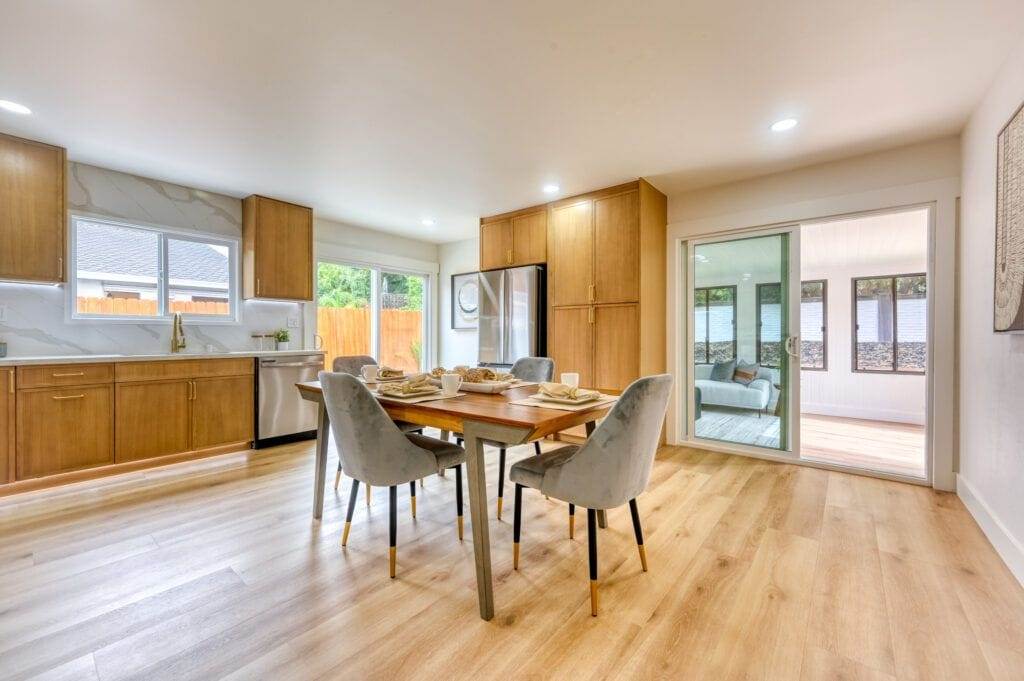
Generate Rental Income
Adding an Accessory Dwelling Unit (ADU) to your San Francisco property offers a lucrative opportunity to generate rental income. Whether you opt for short-term or long-term rentals, ADUs can provide a significant financial boost.
Short-Term Rentals
In high-demand areas like San Francisco, short-term rentals can be particularly profitable. Homeowners might see returns ranging from $3,500 to $5,000 per month, depending on the size and location of the ADU. This income potential makes short-term rentals an attractive option for those looking to capitalize on the city’s bustling tourism and vibrant culture.
Long-Term Rentals
For those seeking steady, reliable income, long-term rentals present a viable alternative. Nationally, a 600 sq ft ADU can command an average of $1,940 per month, with figures reaching up to $2,600 in metropolitan hotspots like San Diego. Such rentals not only provide a stable income stream but also offer mortgage relief, reducing financial burdens for homeowners.
Ultimately, ADUs serve as a practical solution for homeowners aiming to enhance their income. By understanding local zoning ordinances and leveraging effective property management strategies, homeowners can maximize their rental income potential and contribute to addressing local housing needs.
Promote Sustainability
Embracing Accessory Dwelling Units (ADUs) in San Francisco isn’t just about boosting income; it’s also an opportunity to champion sustainability. ADUs make efficient use of urban space by utilizing existing lots more effectively, reducing the need for urban sprawl and preserving green areas. By maximizing the potential of built environments, these compact units contribute to a more sustainable city layout.
Moreover, ADUs are often constructed using eco-friendly building practices. From using sustainable materials to incorporating energy-efficient designs, these practices minimize the environmental footprint. Homeowners can opt for solar panels, rainwater harvesting systems, and other green technologies to further enhance sustainability.
“By integrating ADUs, homeowners not only meet their housing needs but also play a crucial role in promoting a greener, more sustainable urban landscape.”
Ultimately, ADUs offer a way to address housing demands while fostering a commitment to environmental responsibility.
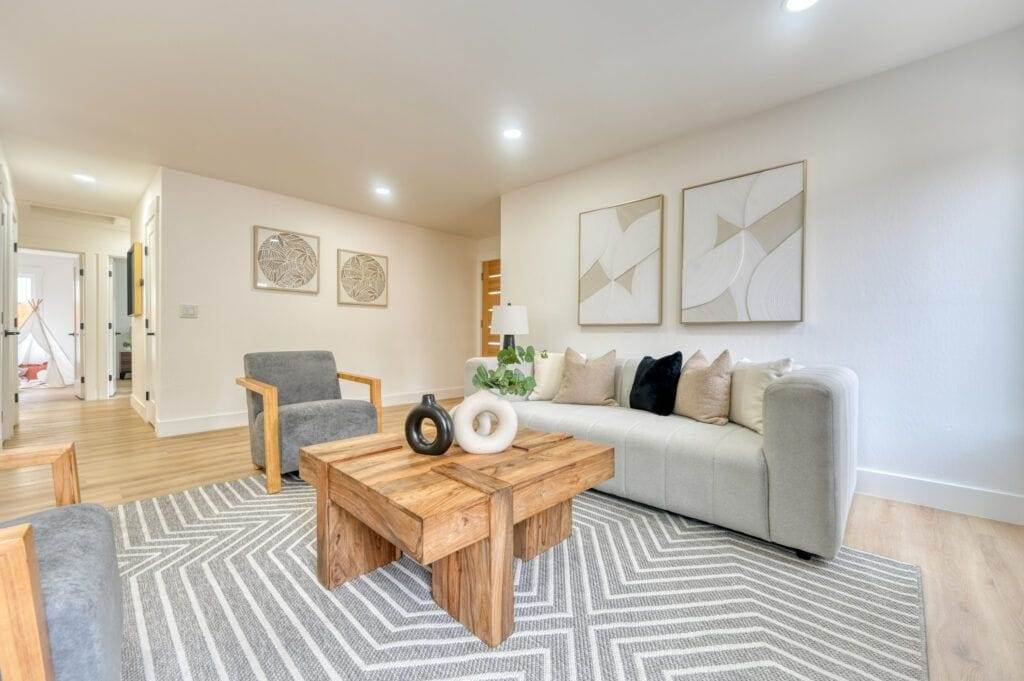
Customization Options
One of the most appealing aspects of Accessory Dwelling Units (ADUs) is their design flexibility. Homeowners in San Francisco can tailor these spaces to suit personal tastes and needs, ensuring that their ADU is not only functional but also a reflection of their style. With personalized features, an ADU can transform a property into a more versatile and valuable asset.
Here are some popular customization ideas for ADUs:
- Open floor plans that optimize space and create a spacious feel.
- Incorporating eco-friendly materials to enhance sustainability.
- Adding smart home technologies for modern living conveniences.
- Designing multi-purpose rooms that can adapt to different functions.
According to recent surveys, over 60% of homeowners prioritize customizable interiors when considering an ADU, highlighting the importance of personalization in today’s housing market. Whether you envision a cozy guest suite, a creative studio, or a rental unit, the ability to customize an ADU allows you to create a space that perfectly aligns with your lifestyle and goals.
Next, explore the regulatory considerations that come with building an ADU in San Francisco, ensuring your project meets all local requirements.
Building an ADU in San Francisco
Regulatory Considerations
Before embarking on your ADU project in San Francisco, it’s essential to understand the regulatory landscape. The city offers three distinct ADU programs: Local, State, and Hybrid. These programs dictate the number of ADUs allowed, the extent of zoning compliance required, and any applicable rent control regulations. For single-family buildings, up to two ADUs may be permitted, while multi-family buildings can accommodate more based on existing units. Properties with seismic upgrades may even allow unlimited ADUs.
| Building Type | ADUs Allowed | Program Type |
|---|---|---|
| Single-Family | Up to 2 | Local, State, Hybrid |
| Multi-Family | Multiple | Local, State, Hybrid |
Steps to Get Started
To get started with building an ADU, familiarize yourself with the different types of ADUs, such as conversion or detached units. The next step is to initiate the application process through city channels, ensuring all requirements like zoning and design standards are met. Utilizing pre-approved plans can expedite the design and approval stages, making the permit process smoother. Engaging with local partner agencies can also provide valuable resources and support throughout your ADU journey.
Cost Considerations
Building an Accessory Dwelling Unit (ADU) in San Francisco requires a thoughtful look at initial investment. On average, construction costs hover around $250 per square foot, with total expenses typically ranging from $150,000 to $200,000 or more. This includes construction, permit fees, and site preparation. However, the investment can be quite rewarding.
“Investing in an ADU not only enhances living space but also significantly boosts property value.”
Many homeowners experience a 20-30% increase in property value. Moreover, ADUs offer rental income potential that can cover initial costs and generate profit. Whether through short-term or long-term rentals, the financial benefits are substantial, making ADUs a smart investment choice in the competitive San Francisco housing market.
FAQs About ADUs
As interest in Accessory Dwelling Units (ADUs) grows, many potential homeowners have questions about their feasibility and benefits. Here, we address some of the most common concerns.
Q: What are the typical costs associated with building an ADU in San Francisco?
A: The average cost to construct an ADU in California is approximately $250 per square foot. The total initial investment, which includes construction, permits, and site preparation, can range from $150,000 to $200,000 or more, depending on specific choices.
Q: How does adding an ADU impact my property value?
A: Building an ADU can significantly increase your property’s value. Homeowners often see an increase of about 20-30%, adding $200,000 to $500,000 in value, especially in urban areas with high demand.
Q: Can I generate rental income from my ADU?
A: Yes, ADUs offer great rental income potential, which can help offset construction costs and eventually become a source of profit. The rental income will vary based on the location and type of ADU.
Q: Are there regulations I should be aware of when building an ADU?
A: Yes, it’s important to consider local regulations and permit requirements. In San Francisco, permit fees can range from 6% to 9% of construction costs, so it’s wise to factor this into your budget.
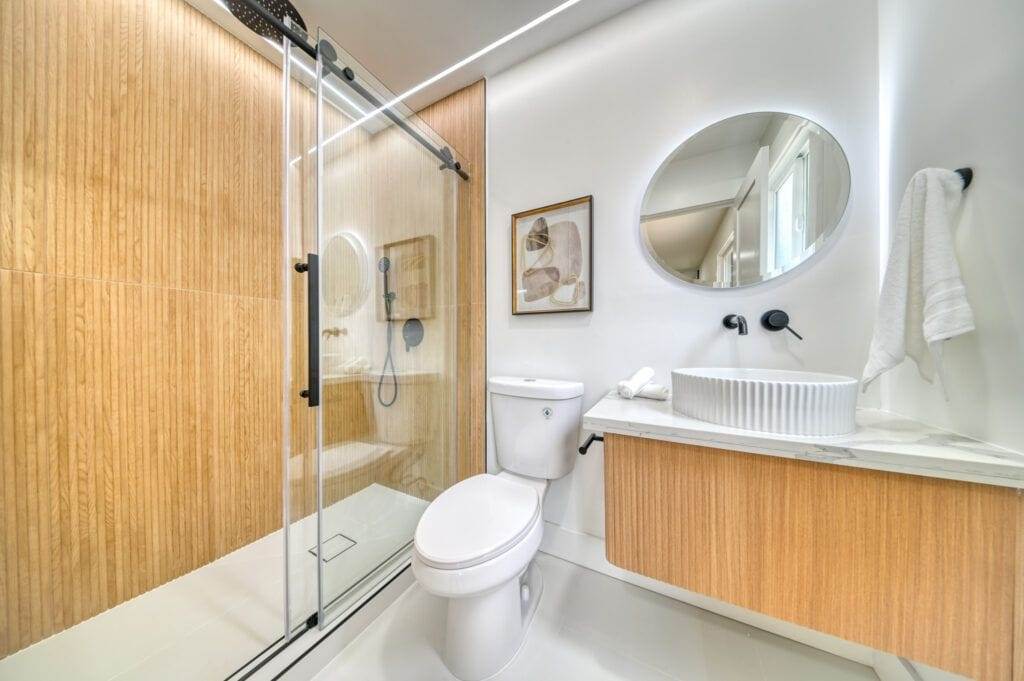
Conclusion
Incorporating an Accessory Dwelling Unit (ADU) into your San Francisco property offers numerous advantages, from boosting property value to generating rental income. These versatile units promote sustainability and cater to multigenerational living, enhancing your overall living experience. If you’re looking to maximize your property’s potential, consider exploring the initial investment and start planning your ADU today. It’s a strategic move that not only meets current needs but also prepares your home for the future.

